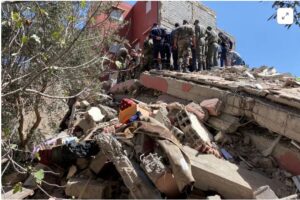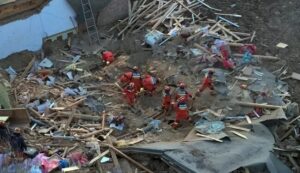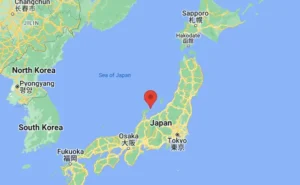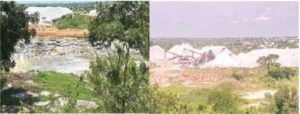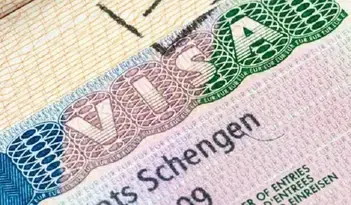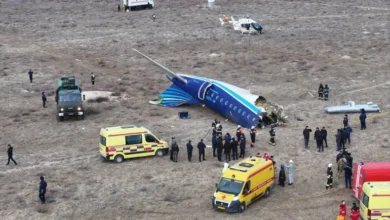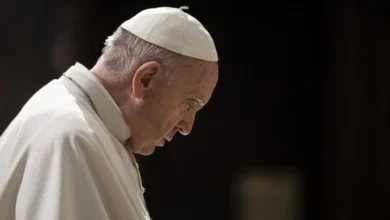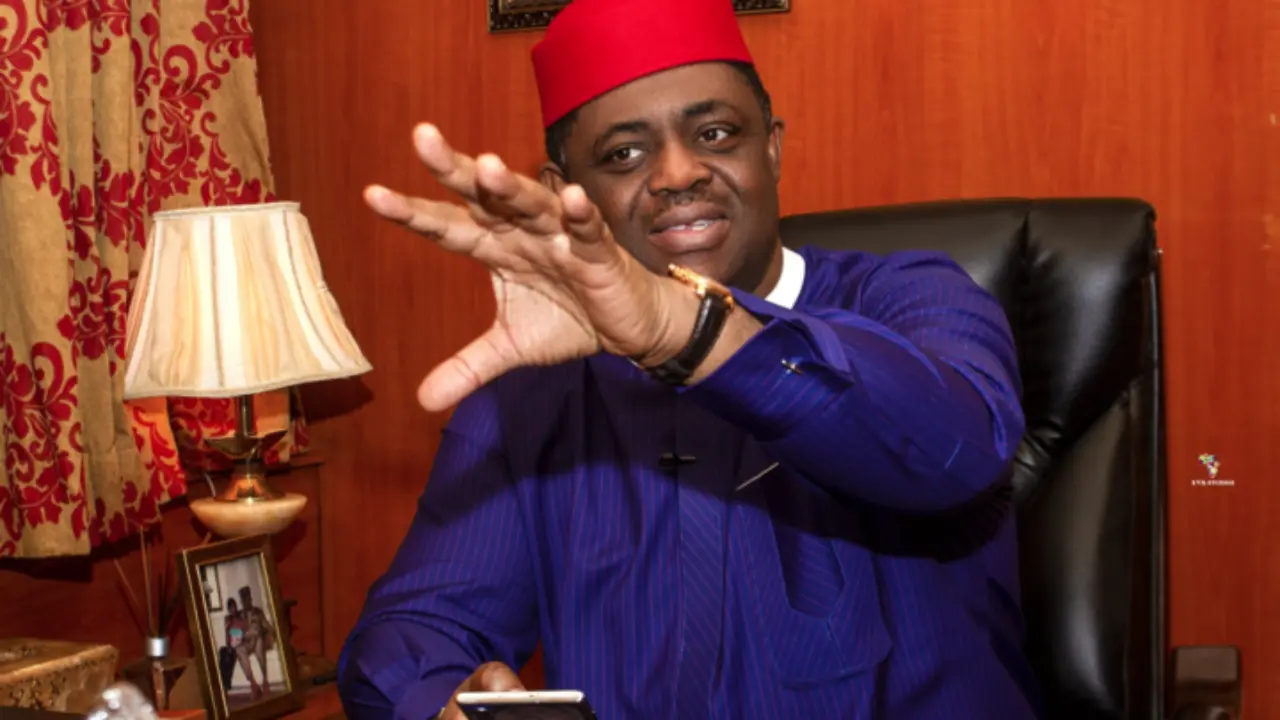Morocco earthquake kills over 1,000 people, rescuers dig for survivors

Rescuers dug through rubble for survivors in collapsed houses in remote mountain villages of Morocco on Saturday, in the wake of the country’s deadliest earthquake for more than six decades, which killed more than 1,000 people.
The quake which struck in Morocco’s High Atlas mountains late on Friday night damaged historic buildings in Marrakech – the nearest city to the epicentre – while the most of the fatalities were reported in mountainous areas to the south.
The Interior Ministry said 1,037 people had been killed and another 672 injured by the quake, gauged by the U.S. Geological Survey at a magnitude of 6.8 with an epicentre some 72 km (45 miles) southwest of Marrakech.
In the village of Amizmiz near the epicentre rescue workers picked through rubble with their bare hands. Fallen masonry filled narrow streets. Outside a hospital, around 10 bodies lay covered in blankets as grieving relatives stood nearby.
“When I felt the earth shaking beneath my feet and the house leaning, I rushed to get my kids out. But my neighbours couldn’t,” said Mohamed Azaw. “Unfortunately no one was found alive in that family. The father and son were found dead and they are still looking for the mother and the daughter.”
Rescuers stood atop the pancaked floors of one building in Amizmiz, bits of carpet and furniture protruding from the rubble. A long queue formed outside the only open shop as people sought supplies. Underlining the challenges facing rescuers, fallen boulders blocked a road from Amizmiz to a nearby village.
The quake, which hit at around 11 p.m. (2200 GMT), affected a sweep of the High Atlas mountain range. Tremors were felt as far away as Huelva and Jaen in Andalusia in southern Spain.
Street camera footage in Marrakech showed the moment the earth began to shake, as men suddenly looked around and jumped up, and others ran for shelter into an alleyway and then fled as dust and debris tumbled around them.
In Marrakech, where 13 people were confirmed dead, residents spent the night in the open, afraid to go home.
In the heart of its old city, a UNESCO World Heritage site, a mosque minaret had fallen in Jemaa al-Fna Square.
Injured people filtered into Marrakech from the surrounding areas seeking treatment.
State television footage from the Moulay Ibrahim area some 40 km (25 miles) south of Marrakech showed dozens of houses collapsed at the foothills of a mountain, and residents digging graves as groups of women stood in the street.
Montasir Itri, a resident of the village of Asni near the epicentre, said most houses there were damaged.
“Our neighbours are under the rubble and people are working hard to rescue them using available means in the village,” he said.
In Marrakech, where rubble had tumbled into the streets, residents described desperate scenes as people fled for safety.
“I still can’t sleep in the house because of the shock and also because the old town is made up of old houses,” said Jaouhari Mohamed, an old city resident.
Moroccan state television broadcast images of troops being deployed.
The quake was recorded at a depth of 18.5 km, typically more destructive than deeper quakes of the same magnitude. It was Morocco’s deadliest earthquake since 1960 when a quake was estimated to have killed at least 12,000 people, according to the U.S. Geological Survey.
Turkey, where powerful earthquakes in February killed more than 50,000 people, said it was ready to provide support.
Algeria, which broke off ties with Morocco in 2021 over the political status of Western Sahara, said it would open airspace for humanitarian and medical flights.
“The shallow earthquakes are normally more destructive,” said Mohammad Kashani, Associate Professor of Structural and Earthquake Engineering at the University of Southampton.
He compared scenes of the aftermath to images from Turkey in February: “The area is full of old and historical buildings, which are mainly masonry. The collapsed reinforced concrete structures that I saw … were either old or substandard.”
Governments around the world expressed solidarity and offered assistance.
Marrakech is due to host the annual meetings of the International Monetary Fund and World Bank in early October.
(Reuters)
Join our new WhatsApp community! Click this link to receive your daily dose of NEWS FLASH content. We also treat our community members to special offers, promotions, and adverts from us and our partners. If you don’t like our community, you can check out any time you like.

